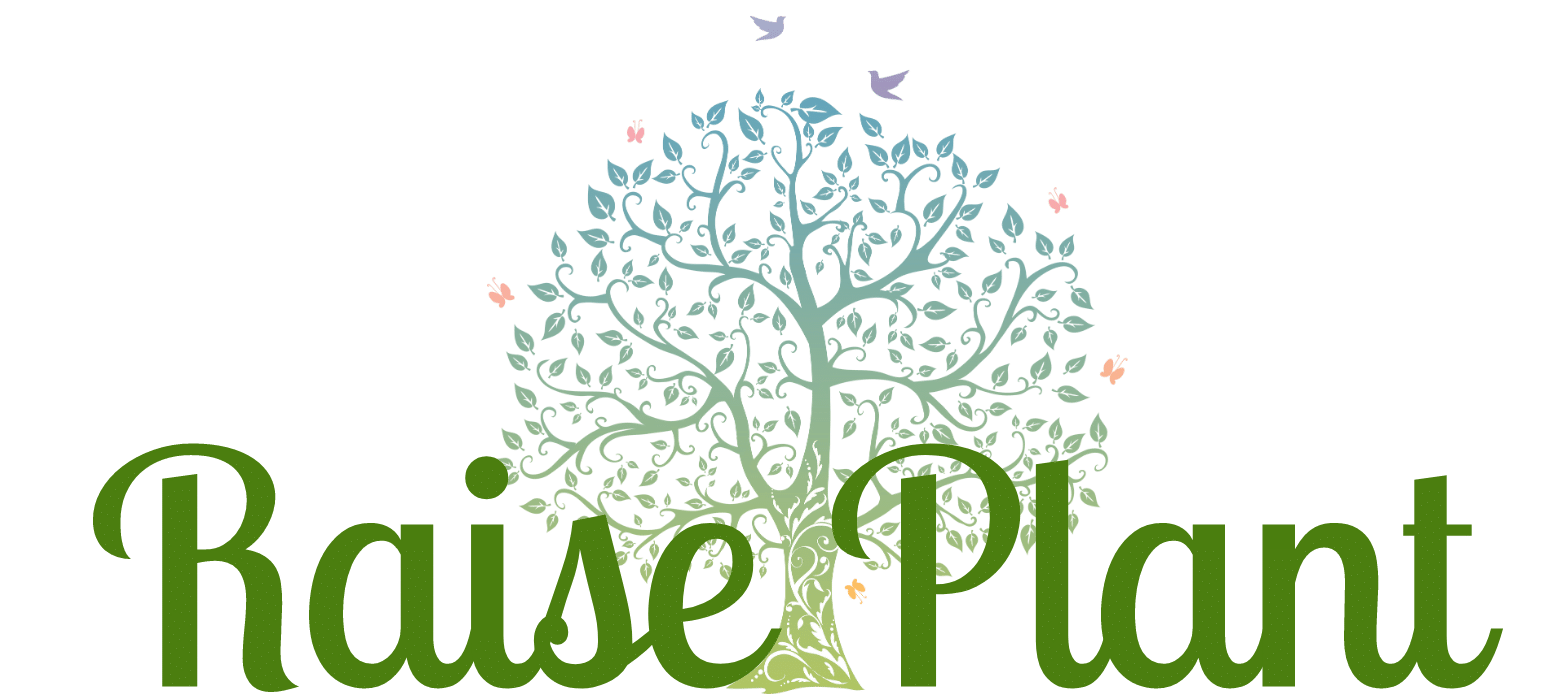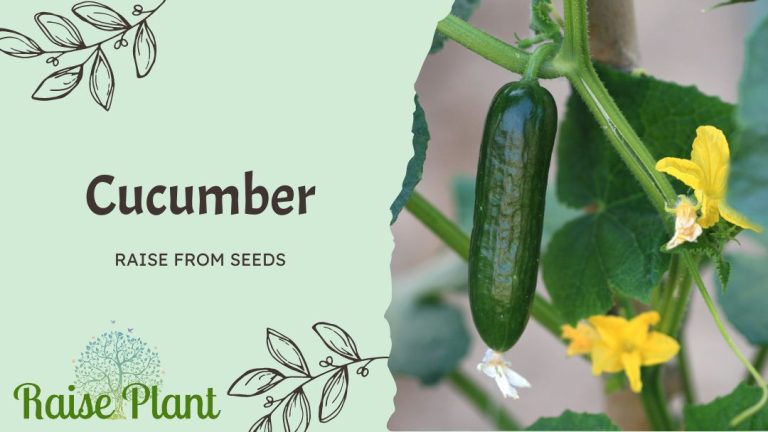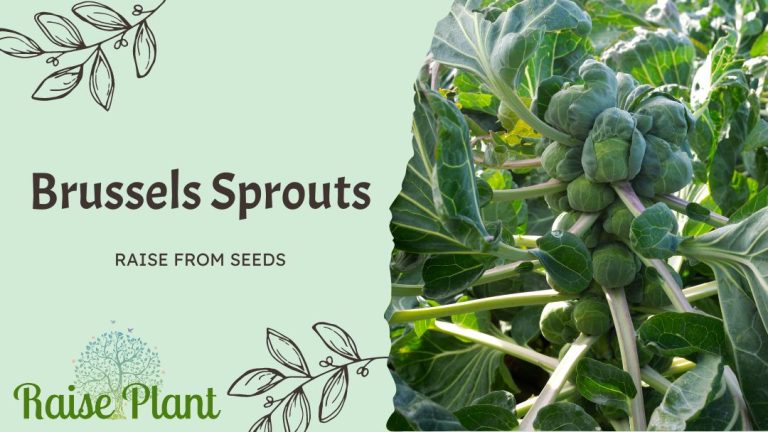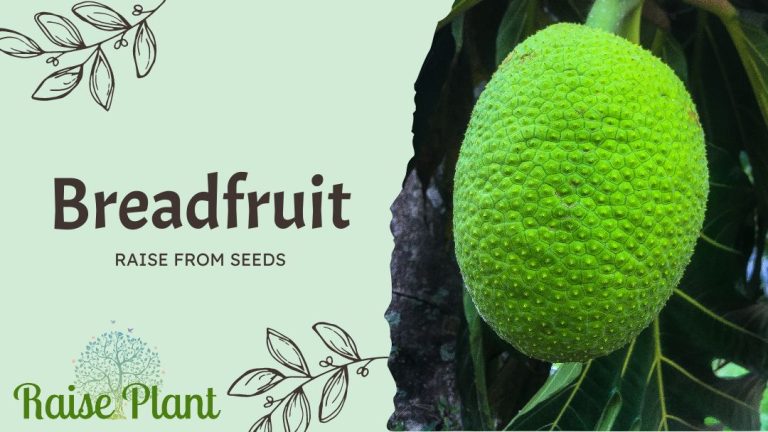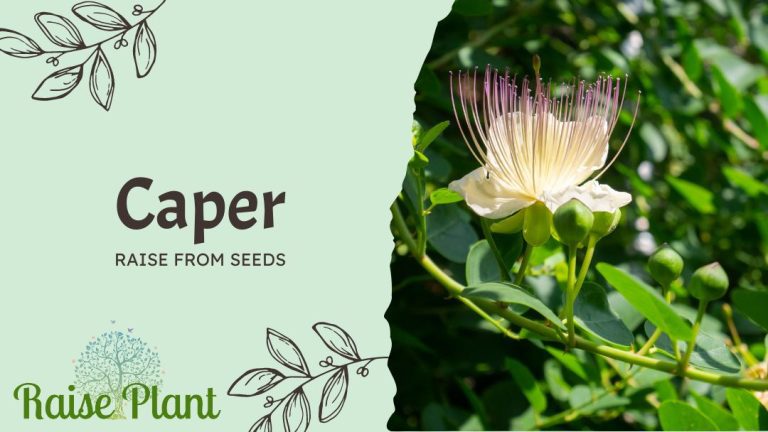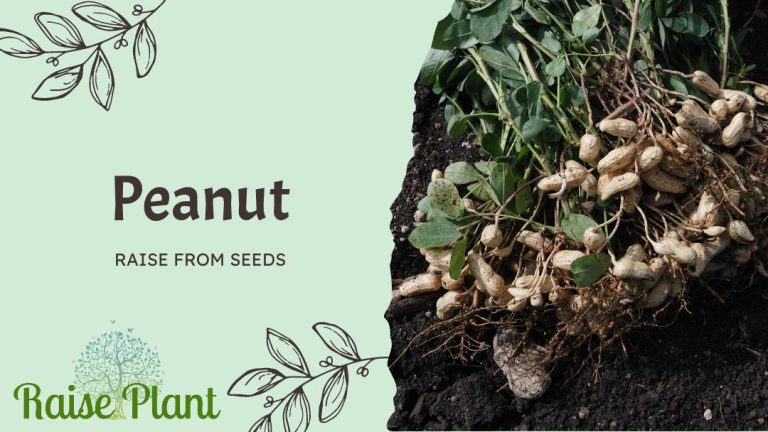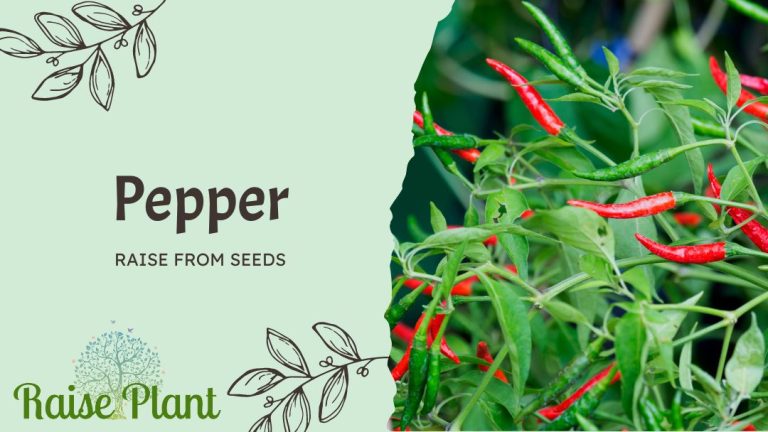Sow, Grow & Harvest: Tips for Growing Bok Choy from Seeds
Do you enjoy eating Asian food? Bok choy (Brassica rapa, variety chinensis) is a vegetable that ought to be on your list, then.
Korean, Chinese, and Japanese cuisines often feature this leafy green vegetable. It’s packed with nutrients such as vitamins A, C, and K and minerals like calcium and potassium.
Moreover, it’s low in calories, making it an ideal vegetable for those who want to maintain a healthy diet. Growing bok choy from seeds is an affordable way to add this nutritious vegetable to your meals.
Containers or even your garden are great options if you don’t have much space. Plus, homegrown bok choy has a better taste compared to store-bought ones since they are usually harvested early for commercial purposes.
A brief overview of Bok Choy
Bok choy (Brassica rapa var. chinensis) is a kind of Chinese cabbage grown for more than 6000 years. It is a member of the Brassicaceae family, which also includes kale, broccoli, and cauliflower. Bok choy has thick white stalks and dark green leaves that form into a rosette shape.
There are several varieties of bok choy available on the market today; some have smooth leaves while others have curly ones. Baby bok choy is also becoming more popular because of its tender texture and delicate flavor.
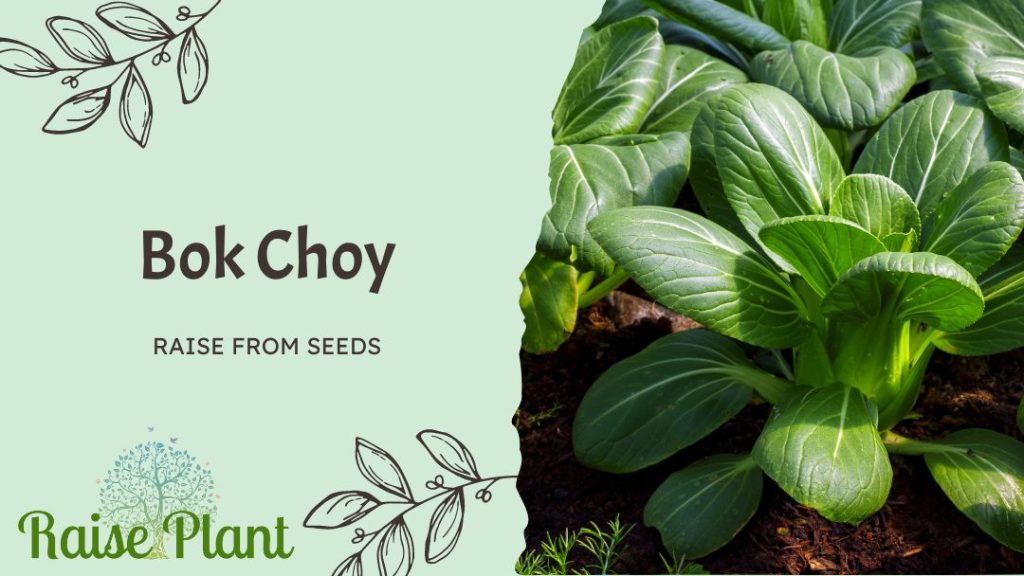
Benefits of growing bok choy from seeds
Growing bok choy from seeds has numerous benefits both for your health and finances. Firstly, homegrown bok choy is free from pesticides or any harmful chemicals used during commercial farming processes.
Second, since buying fresh food can be expensive, producing your own vegetables can end up saving you money over time. You can simply harvest what you need and leave the rest to continue growing.
Thirdly, it’s a great way to get outdoors and connect with nature. It has been established that gardening can assist reduce stress and is an activity that can enhance mental health.
Growing bok choy from seeds is an excellent way to add some greenery to your home while enjoying its many benefits. We’ll go over how to select the best seeds, prepare the soil, plant bok choy seeds, take care of seedlings, and then successfully harvest them in the sections that follow.
Choosing the Right Seeds
Types of Bok Choy Seeds Available
There are various kinds of seeds available to pick from when growing bok choy from seeds. These can include open-pollinated, hybrid, and organic seeds. Open-pollinated seeds are the most traditional type of seed and come from plants that have been pollinated naturally.
On the other hand, hybrid seeds are a cross between two bok choy kinds and are intended to create particular traits in the plant. Without the use of pesticides or synthetic fertilizers, organic seeds are cultivated and are recognized as such by a governing authority.
When choosing your seeds, you can choose from a variety of bok choy types in addition to these basic categories. A few examples of these are baby bok choy, a variety that’s smaller in size and has soft leaves, Shanghai bok choy, which features brittle stems and is frequently included in stir-fries, and Taiwan bok choy, which is big and has thick stalks.
Factors to Consider When Selecting Seeds
When selecting your bok choy seeds for planting, there are several factors to consider. One important consideration is how much space you have available for planting.
Consider smaller bok choy kinds like baby bok choy if you have a tiny yard or intend to grow your plants in containers inside or on a balcony. Another factor to consider is the climate in your area.
Different varieties of bok choy will be better suited for different climates based on their tolerance for heat or cold weather conditions. The quantity of time that it takes for every sort of seed to mature before harvest must also be noted.
It’s important to consider factors like seed quality when choosing your bok choy seeds for planting. Seek out seeds with a high rate of germination and that are both fresh.
You can often find this information on the seed packet or by doing research online. By considering these elements, you can make sure that you pick the proper seeds and give your bok choy plants the best opportunity for success.
Preparing the Soil
Ideal Soil Conditions for Bok Choy Growth
The optimum soil for developing bok choy is loose, draining, and as well as between pH 6.0 and 7.5. Ideally, the soil should be rich in organic matter and have good moisture retention capabilities to support healthy bok choy growth.
One way to improve soil quality for bok choy growth is by adding compost or aged manure to the topsoil before planting. This will improve the soil’s texture and increase its nutrient content, making it simpler for roots to delve deeply into the ground.
Another important factor to consider when preparing soil for bok choy growth is drainage. Bok choy requires moist but well-draining soil, so it’s essential to ensure that water does not accumulate in low-lying areas of your garden bed.
Tips for Preparing the Soil Before Planting
There are various actions you may do before sowing your bok choy seeds to guarantee ideal growing conditions:
- Clear weeds and debris from your garden bed: This will help prevent competition with your bok choy plants and provide them with more space to grow.
- Loosen up compacted soil: Use a garden fork or tiller to loosen up compacted soil up to a depth of about six inches. This will allow air and water to circulate more freely around your plants’ roots.
- Apply organic matter: Spread compost or aged manure over the topsoil before planting, then mix it into the top six inches of soil using a rake or hoe.
- Test your soil pH: Use a pH testing kit available at most gardening stores or nurseries; if necessary, adjust the pH by adding lime or sulfur as recommended by manufacturer guidelines.
By following these tips for preparing the soil, you can create the right growing conditions for your bok choy plants and ensure a bountiful harvest.
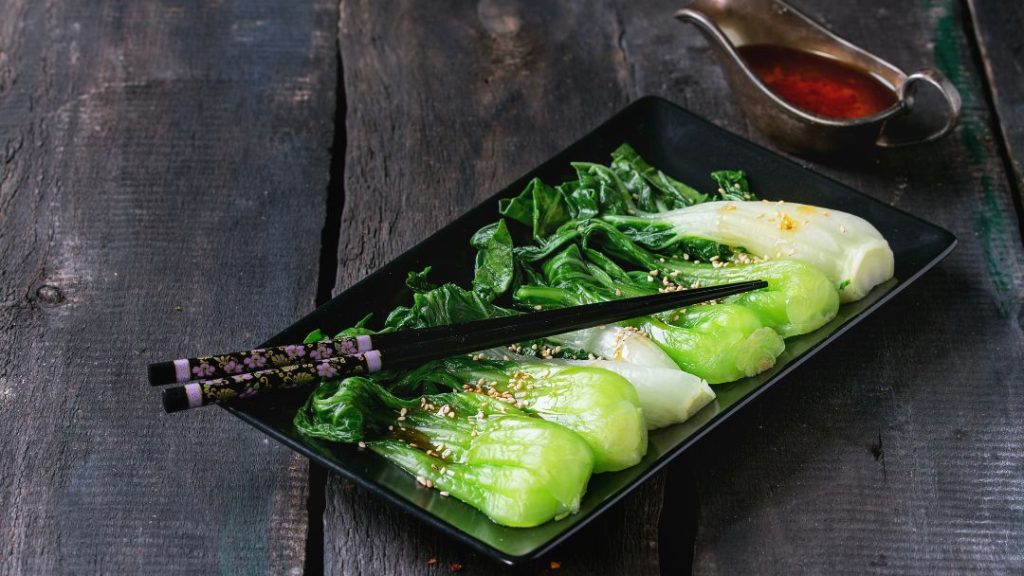
Planting Bok Choy Seeds
Best Time to Plant Bok Choy Seeds
Timing is crucial when it comes to sowing bok choy seeds. A cool-weather crop, bok choy thrives in conditions between 45°F and 75°F.
Your seeds should ideally be planted 4–6 weeks before to the final date of frost in your location. This will give your seedlings enough time to develop before being transplanted into the ground or a container.
Bok choy seeds can also be planted in the fall if you live somewhere with moderate winters. To give them enough time to mature, put them in this situation at least 10 weeks before the first frost date in your region.
Step-by-step Guide on Planting Bok Choy Seeds
- Step 1: Select a sunny area with soil that drains well, then prepare the soil by aerating it and clearing it of any rocks or debris.
- Step 2: Make furrows about a quarter of an inch deep using a garden trowel or finger.
- Step 3: Place the seeds about an inch apart along each furrow.
- Cover with soil.
- Step 4: Water lightly but thoroughly immediately after planting to ensure that the soil is moist but not waterlogged.
- Step 5: Keep the soil moist by watering gently once or twice a day until germination occurs.
Bok choy seeds are quite tiny, so be careful not to sow too many of them near together since this may cause overcrowding and poor development.
Tips for Ensuring Successful Germination
To ensure successful germination of your bok choy seeds, there are several tips you can follow: – Keep soil consistently moist but not waterlogged
– Keep the seeds somewhere warm, typically between 65°F and 75°F, until they sprout. Cover the seeds with a little layer of dirt to protect them from the sun and aid in moisture retention.
– Use a high-quality seed starting mix that is free of weeds and diseases – Label your rows or containers clearly so you don’t forget what you’ve planted
You’ll be well on your way to successfully producing bok choy from seeds if you stick to these easy instructions. We will then discuss how to take care of your bok choy seedlings.
Caring for Bok Choy Seedlings
Watering and Fertilizing Tips
It’s crucial to provide your bok choy seeds with enough water and nutrients after you’ve successfully planted them. Bok choy requires consistent watering throughout the growing season.
Early morning or late evening watering will prevent evaporation during the heat of the day. It is important not to overwater bok choy as this can lead to root rot.
It is recommended to keep the soil consistently moist but not waterlogged. Mulch can be spread around the base of each plant to help maintain the right moisture levels.
In terms of fertilization, bok choy benefits from regular applications of nitrogen-rich fertilizer every 4-6 weeks throughout the growing season. Alternatively, you can use compost or aged manure as a natural fertilizer.
Tips for Preventing Pests and Diseases
One common pest that affects bok choy is aphids. These small insects feed on leaves and can cause stunted growth and yellowing foliage. It’s crucial to keep your garden free of weeds that attract aphids to prevent infestations.
Another common disease that affects bok choy is clubroot. This disease causes stunted growth and poor yields due to the roots becoming swollen and deformed.
To prevent clubroot, it is recommended to rotate crops annually and avoid planting brassicas in infected soils. Additionally, using organic pest control methods such as neem oil or insecticidal soap can help prevent pests without harming beneficial insects like bees or ladybugs that are essential for pollination.
Transplanting Bok Choy Seedlings
When to transplant seedlings
It’s time to move your bok choy seedlings into their own pots or into your garden bed once they have reached a height of around 4 inches and formed their first genuine leaves. From the moment you first sowed the seeds, this typically takes three to four weeks.
When you’re transplanting, remember not to wait for a while because overloading can hinder growth and make it tougher for each plant to get the nutrients that it needs from the soil. Be sure to have your new container or outdoor area prepared ahead of time so that you can quickly move your seedlings without causing any damage.
Step-by-step guide on transplanting seedlings
- Prepare a pot or garden bed with well-draining soil that has been amended with compost.
- Before planting, thoroughly water the soil to keep it damp but not soggy.
- Gently remove your bok choy seedling from its current container by carefully loosening the soil around its roots.
- Make a hole in the new soil that is just deep enough for the roots of your seedling.
- Place your bok choy plant in the hole and gently pack soil around its base, being careful not to bury its leaves.
- Water your plant thoroughly, but avoid letting water collect at the base of the plant.
Make careful to leave at least 6 to 10 inches between each bok choy plant if you are planting more than one so they may grow appropriately without fighting for resources. With proper care and attention, your bok choy plants should thrive after transplantation and produce delicious greens for you to enjoy!
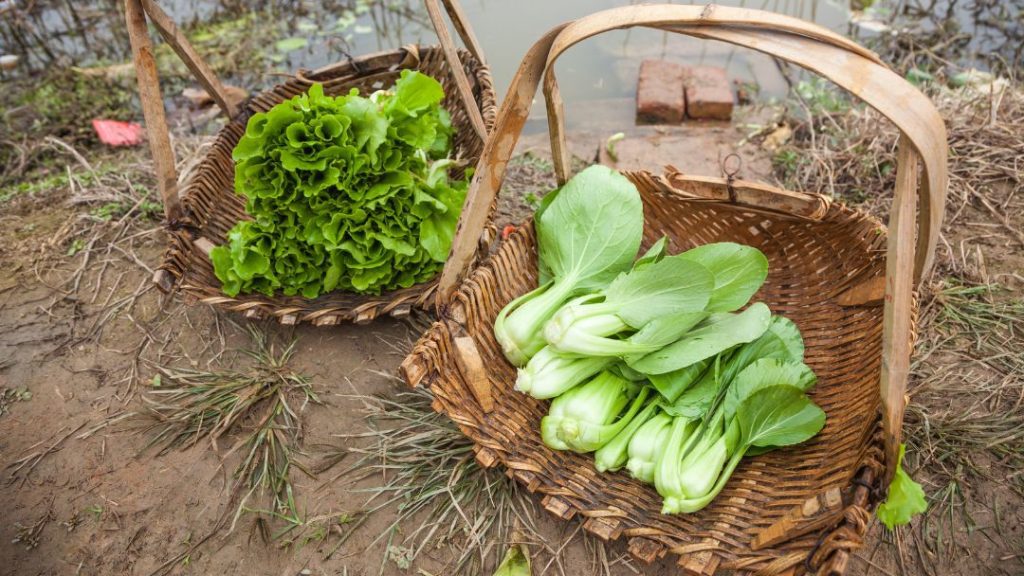
Harvesting Bok Choy
How to know when it’s time to harvest
Knowing when the bok choy is ready for harvest can be a bit tricky. For most varieties, harvesting should occur when the bok choy has formed a firm head and the leaves are about 8-10 inches in length.
It’s important to keep an eye out for signs of bolting, which is when the plant sends up a flower stalk and signals that it’s gone past its prime. Examining the color of your crop is another technique to determine when it is ready for harvest.
If you see yellowing or discoloration of leaves, this may be an early indication that it’s time to harvest your bok choy. Squeezing the vegetable’s head lightly will also work as the “squeeze test”; if the vegetable feels firm, it is ready for picking.
Tips for harvesting without damaging the plant
To avoid damaging your plants while harvesting, use pruning shears or a sharp knife instead of pulling them out by hand. With one hand holding the plant’s base, use the other to cut through the stem right below the spot where all of the leaves meet.
Once your bok choy has been collected, keep it appropriately to prolong its freshness. Ideally, they should be stored in plastic bags in your refrigerator’s crisper drawer set at high humidity levels (95% RH) and temperatures between 32-41°F.
Growing bok choy from seeds can be a satisfying and enjoyable experience for gardeners of all skill levels in addition to being tasty and nutritious. With these tips on how to know when it’s time to harvest and how to do so without damaging your plants; hopefully, you’ll have great success growing delicious Bok Choy right in your own backyard.
Conclusion
You may increase the amount of fresh greens in your diet and spend time outside in the yard by growing your own bok choy. Bok choy is a simple vegetable to cultivate from seeds, whether you are a seasoned gardener or a novice. It can produce great results.
Furthermore, you can also save your finances in the long run by determining what is in your food. If you’ve never grown vegetables before or are looking for a new challenge in your garden this year, we highly recommend giving bok choy a try!
With its quick growth rate and hardy nature, it’s an ideal crop for beginners and experienced growers alike. We believe that you now have all the knowledge required to effectively produce your own bok choy from seeds.
